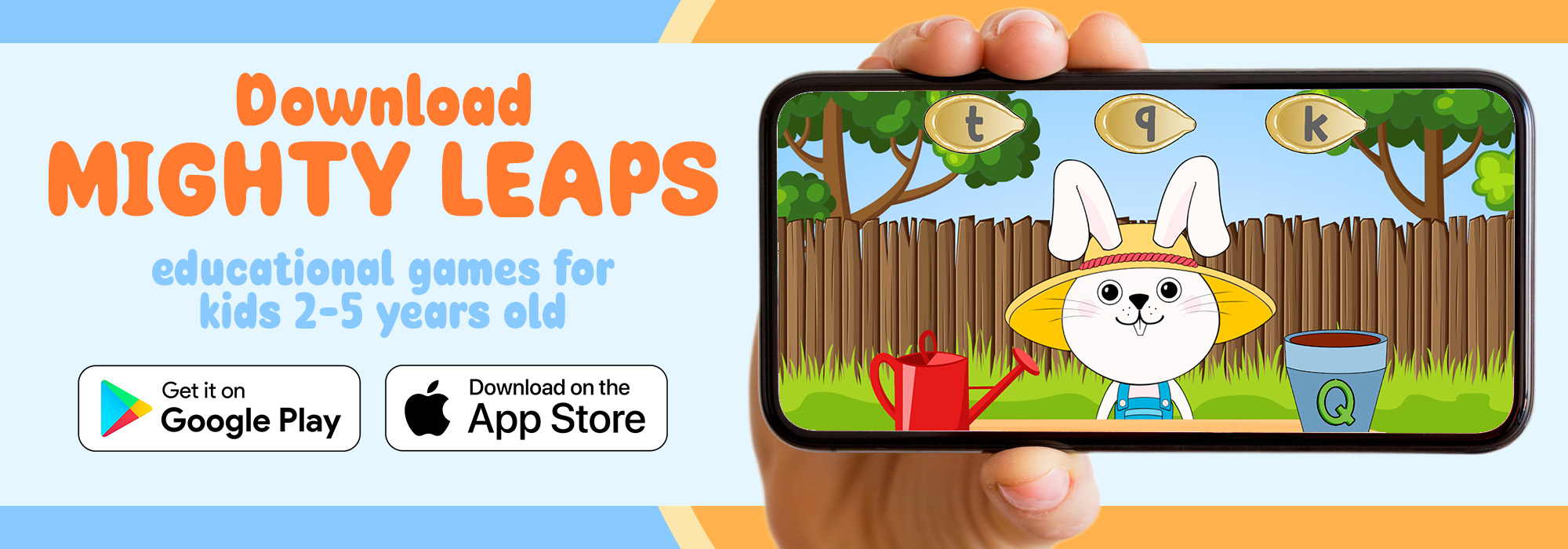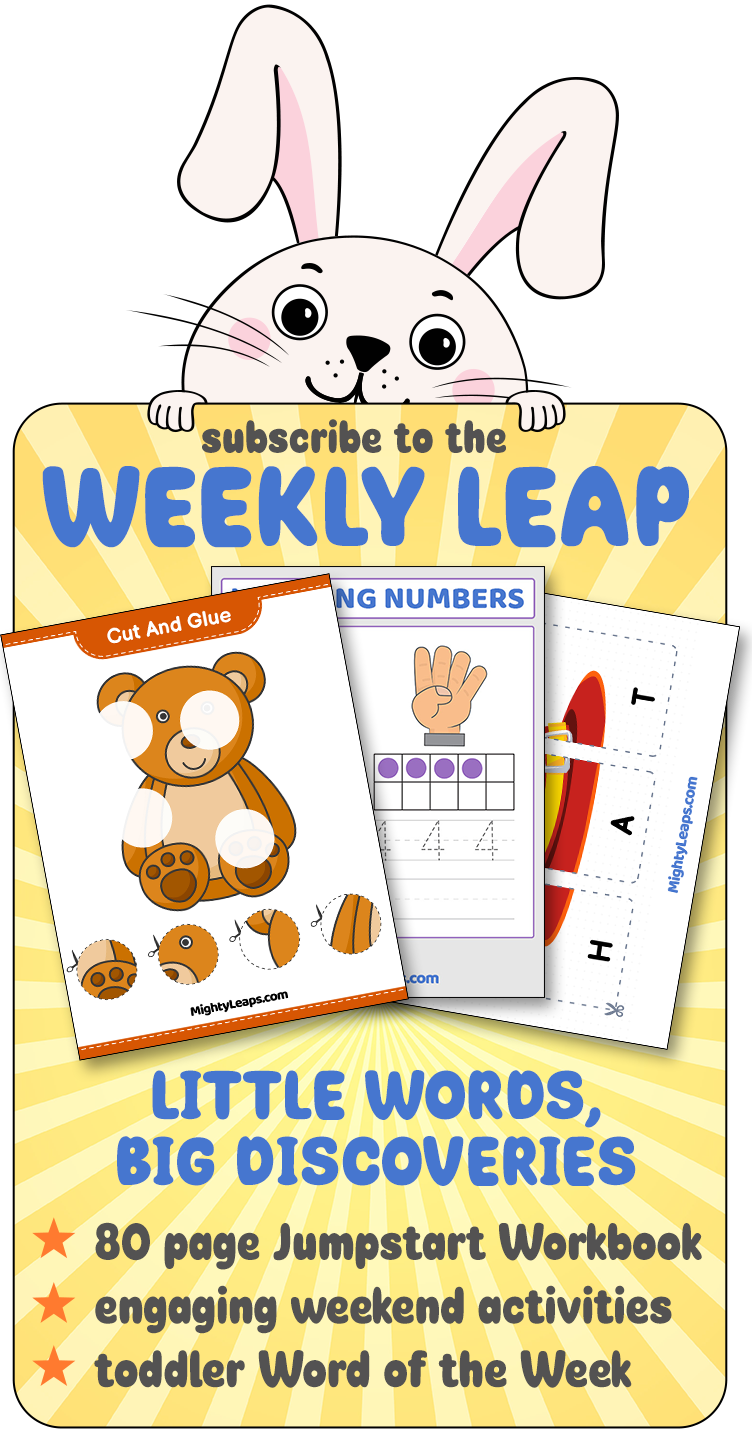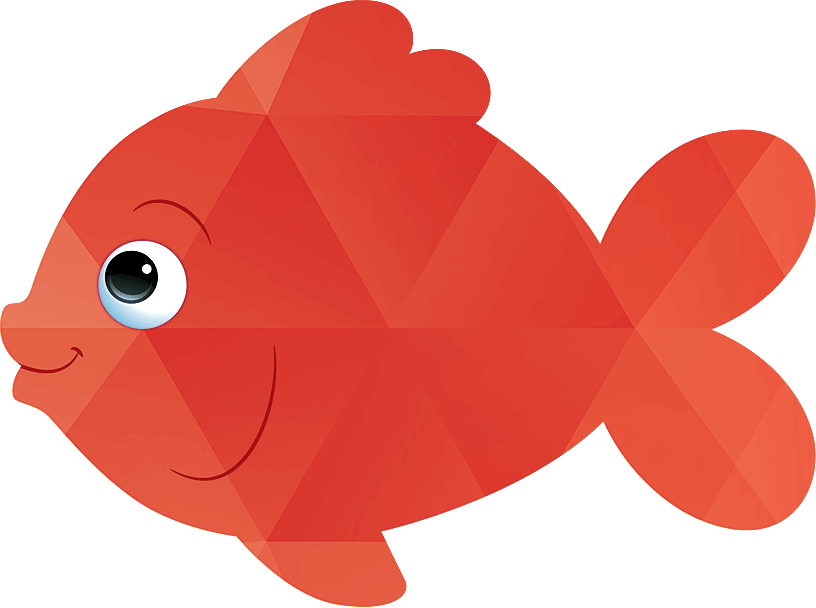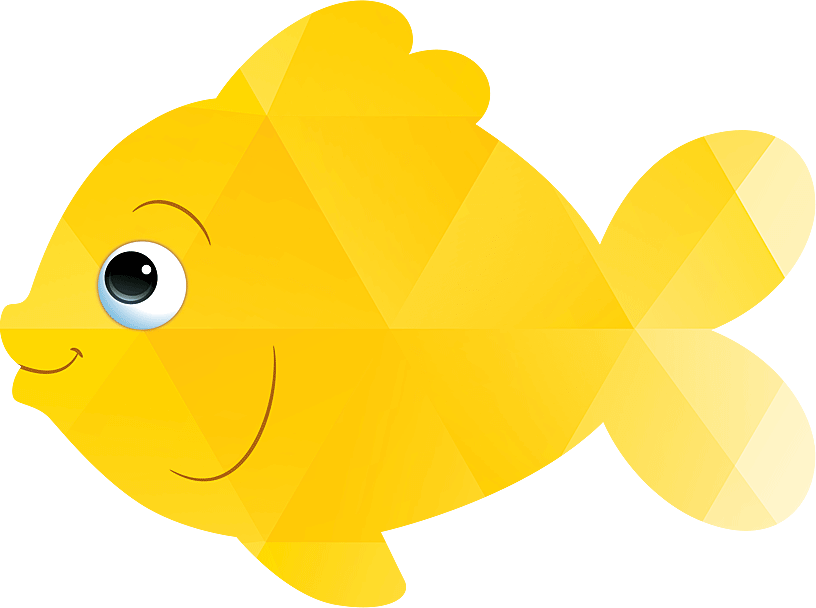The journey of parenthood is an incredible one, filled with joys, challenges, and countless memorable moments. As a parent, you’re your child’s first teacher and guide in life. During the early years, particularly the first three, your role as a parent takes on an even greater significance. These years lay the foundation for your child’s future, influencing their cognitive, emotional, and social development in profound ways. In this article, we’ll explore why the first three years of a child’s life are so critical and how you can support and nurture your child’s development during this period.
Remarkable Rapid Development
The first three years of a child’s life are a period of unparalleled growth and development. It’s astounding how much a child learns and absorbs during this time. Here’s a glimpse into the different aspects of development during this crucial stage:
1. Brain Development:
The brain is a remarkable organ, and during the early years, it undergoes rapid growth. The connections and pathways formed in the brain during this time lay the groundwork for future learning and development. By the age of three, a child’s brain is already 80% the size of an adult’s brain1. This underscores just how important the early years are in shaping cognitive abilities.
2. Language Skills:
Children’s brains are like sponges when it comes to language. They start absorbing words and sounds from the moment they’re born. By the time a child is three, they typically have a vocabulary of hundreds, if not thousands, of words2. This early language development is a strong predictor of future academic success.
3. Emotional and Social Development:
Children begin to understand and express their emotions during the first three years. They learn to bond with caregivers, forming secure attachments that have a lasting impact on their emotional well-being. These early emotional experiences can influence their ability to form healthy relationships later in life3.
4. Physical Skills:
From learning to roll over and sit up to taking those first wobbly steps, children build their physical abilities in the first three years. This physical development is a vital component of overall growth and well-being4.
The Science of Early Childhood
The significance of these early years isn’t just anecdotal; a growing body of scientific research backs it. The Adverse Childhood Experiences (ACE) study, for instance, highlights how early childhood experiences can affect physical and mental health throughout a person’s life5. It’s clear that what happens during these formative years can have a lasting impact.
You play a central role in your child’s development as a parent or caregiver. Your love, care, and the environment you provide profoundly influence their growth during the first three years.
Tips for Nurturing Your Child’s Development
Understanding the importance of the first three years is just the beginning. Here are some tips on how you can actively support your child’s development during this critical period:
1. Create a Safe and Loving Environment:
Children thrive in environments where they feel safe and loved. Provide a nurturing atmosphere with consistent routines and lots of affection.
2. Talk and Engage:
Talking to your child, even from their earliest days, is crucial for language development. Engage in conversations, read books, and sing songs to help them build their vocabulary and communication skills.
3. Encourage Exploration:
Allow your child to explore their surroundings. Provide age-appropriate toys and activities that stimulate their curiosity and motor skills.
4. Promote Social Interaction:
Encourage interactions with other children, if possible. Socializing is a vital aspect of development. Playdates and group activities can help children learn important social skills.
5. Model Positive Behavior:
Children learn by example. Demonstrate positive behaviors, such as sharing, empathy, and problem-solving. Your actions are powerful teaching tools.
6. Healthy Nutrition:
Proper nutrition is essential for physical and cognitive development. Ensure your child has a balanced and diverse diet rich in nutrients.
7. Regular Health Check-Ups:
Regular medical check-ups are important to monitor your child’s physical and developmental progress. Early detection of any issues can lead to timely interventions.
8. Read Together:
Reading together is one of the best activities for cognitive development. It helps children develop language skills, imagination, and a love for learning.
9. Limit Screen Time:
The American Academy of Pediatrics (AAP) recommends no screen time for children under 18 months and limited, high-quality media for older children6. See how Mighty Leaps is committed to providing high-quality content for toddlers.
10. Be Patient:
Development doesn’t happen on a strict schedule. Every child is unique, and they will reach milestones at their own pace. Be patient and supportive.
The Power of Early Intervention
It’s important to note that not all children develop at the same rate. Some may face challenges or developmental delays. Early intervention services are available to help children who may need extra support. If you have concerns about your child’s development, don’t hesitate to seek advice from pediatricians or child development experts.
Conclusion
The first three years of a child’s life are a precious and irreplaceable time. These early experiences shape the foundation for their future. As a parent or caregiver, your role in nurturing their growth and development is invaluable. By creating a loving, stimulating, and supportive environment, you can set your child on a path to success, both academically and emotionally. Embrace this incredible journey and cherish the moments that lay the groundwork for a bright and promising future. Remember, the first three years are just the beginning of a lifetime of learning and discovery.
- Knudsen, E. I. (2004). Sensitive periods in the development of the brain and behavior. Journal of Cognitive Neuroscience, 16(8), 1412-1425. ↩
- Harvard University, Center on the Developing Child. (n.d.). Brain Architecture. Retrieved from https://developingchild.harvard.edu/science/key-concepts/brain-architecture/ ↩
- Bowlby, J. (1969). Attachment and loss: Attachment (Vol. 1). Basic Books. ↩
- Adolph, K. E., & Hoch, J. E. (2019). Motor development: Embodied, embedded, enculturated, and enabling. Annual Review of Psychology, 70, 141-164. ↩
- Felitti, V. J., & Anda, R. F. (2010). The Relationship of Adverse Childhood Experiences to Adult Health, Well-being, Social Function, and Healthcare. American Journal of Preventive Medicine, 56(3), 188-195. ↩
- American Academy of Pediatrics. (2016). Media and Young Minds. Pediatrics, 138(5), e20162591. ↩












